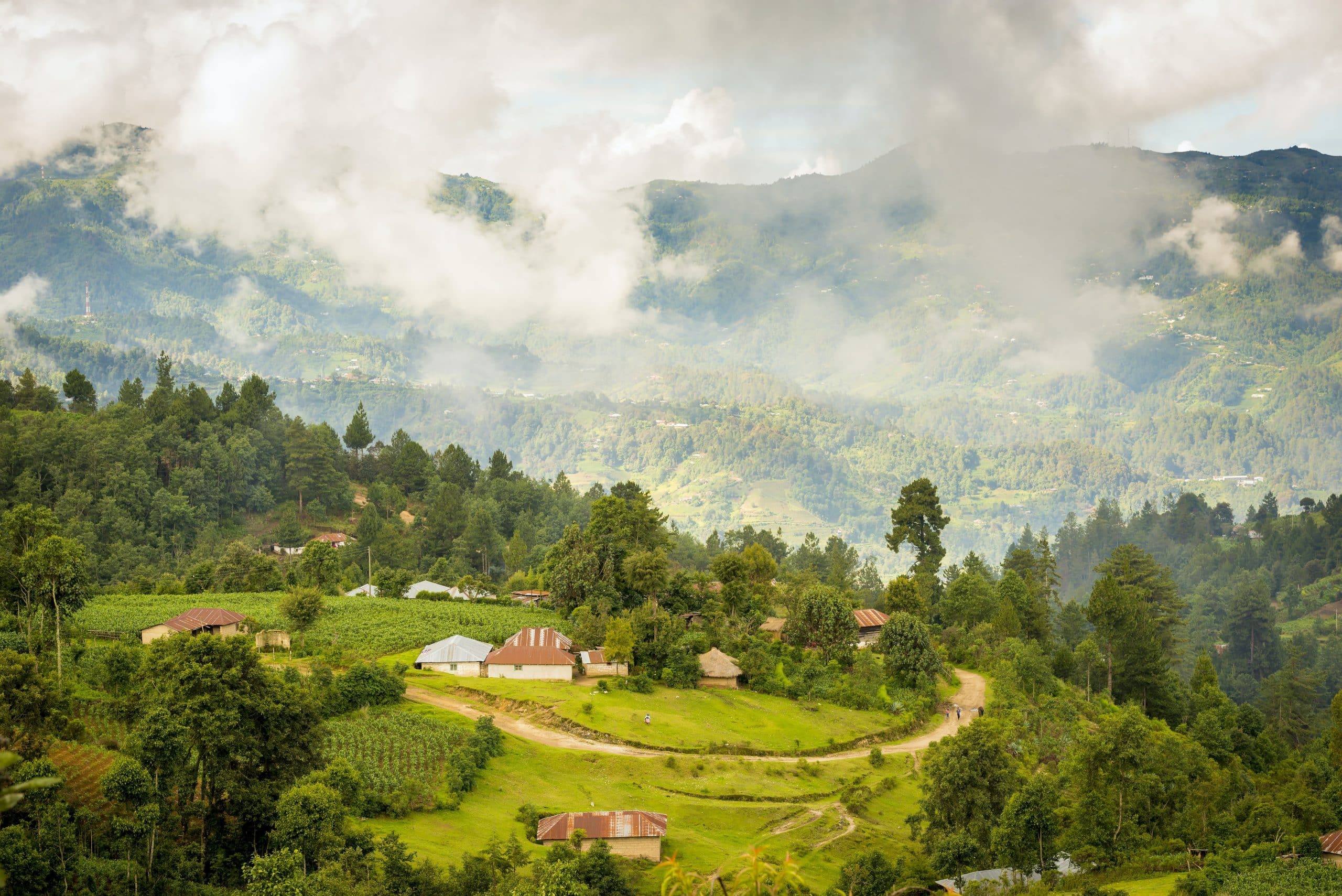What Are the Best Practices for Developing Low-Impact Real Estate in Countryside Locations?

With the world’s increasing focus on sustainable living, real estate development is undergoing a significant transformation. Developers are now considering not just the profitability of their projects, but also the potential environmental impact. Today, we will examine the best practices for developing low-impact real estate in the countryside, where the natural landscape is often a driving factor in the appeal of the property.
Understanding the Land and Its Constraints
Before embarking on the development of any property, it is crucial to understand the land and its limitations. This involves extensive research and due diligence to identify the potential challenges and opportunities that the land presents.
Dans le meme genre : What Are the Best Techniques for Land Remediation in Contaminated Urban Sites for Real Estate Development?
The topography of the land plays a critical role in determining the feasibility of the project. Some terrains might be too steep for construction or might be prone to landslides, making them unsuitable for building. Similarly, the presence of water bodies, such as rivers or lakes, might limit the area available for construction, but could add to the aesthetic value of the property.
In addition, the local climate and weather patterns influence the types of buildings that can be built. For example, in areas with high rainfall, properties need to have adequate drainage systems to prevent water damage. On the other hand, in areas prone to high temperatures, properties need to be well-insulated to maintain a comfortable indoor environment.
Avez-vous vu cela : How Can Real Estate Developers Navigate the Complications of Building in Conservation Areas?
Lastly, understanding the local flora and fauna is crucial. The presence of protected or rare species might limit the extent of development that can take place. This knowledge also helps in creating a landscape design that blends well with the surrounding environment, enhancing the value of the property.
Adapting to the Local Community and Culture
Any real estate development, whether in cities or the countryside, does not exist in isolation. It is part of a larger community, and it is important for developers to ensure that their projects blend in well with the local culture and community.
Investigate the local architectural styles and cultural heritage. Incorporating these elements into your design can help in creating a sense of belonging and continuity. Additionally, it can also make your project more appealing to potential buyers who value the local culture.
Engage with the local community through consultations and public hearings. This will give you a sense of their expectations and concerns. It can also help in identifying potential issues and conflicts early in the development process.
Employ local labor whenever possible. This not only reduces transportation costs but also contributes to the local economy. Furthermore, local workers often have a better understanding of the local building techniques and materials, which can enhance the quality of the construction.
Incorporating Green and Sustainable Building Practices
With the increasing awareness of climate change and the need for sustainability, incorporating green building practices is no longer optional, but a necessity. There are numerous benefits to this approach, from reducing the environmental impact of the development to attracting eco-conscious buyers.
Ensure that your buildings are energy-efficient. This can be achieved through various means, such as using superior insulation, installing energy-efficient appliances, and incorporating renewable energy sources, such as solar panels.
Water conservation should also be a priority. This can be achieved by installing water-efficient appliances and plumbing fixtures, as well as by implementing rainwater harvesting and greywater recycling systems.
Wherever possible, use local and sustainably sourced materials for construction. This not only reduces the carbon footprint of the project but also supports the local economy.
Planning for Growth and Future Developments
While it is important to focus on the present, it is equally important to plan for the future. With changing demographics and urbanization trends, the demand for countryside properties is expected to grow.
Consider how your project can accommodate this growth. This might involve planning for additional construction in the future or designing buildings that can be easily expanded or modified.
At the same time, be aware of potential future developments in the area that might impact your project. This could include new infrastructure projects, such as roads or utilities, or changes in zoning laws or building regulations.
Minimizing Costs Without Compromising Quality
Finally, while striving for sustainability and community integration, it’s important to keep an eye on the bottom line. However, minimizing costs should not come at the expense of quality.
One way to achieve this is through careful planning and efficient project management. This can help in avoiding delays and cost overruns, which can significantly increase the overall cost of the project.
Additionally, consider the long-term maintenance and operational costs of the buildings. Energy-efficient buildings, for example, might have higher upfront costs but could result in significant savings in the long run. Similarly, durable materials might be more expensive initially, but their longer lifespan can result in lower maintenance costs. This might make them a more cost-effective choice in the long run.
It’s also important to keep in mind the potential resale value of the property. A well-designed, sustainable property in a desirable location can command a premium price, which can offset the higher development costs.
Smart Growth Strategy in Low-Impact Real Estate Development
In the real estate industry, a smart growth strategy has gained traction for its benefits in balancing the need for growth and the preservation of the environment. This approach can be particularly effective in rural areas where open spaces are abundant and development is desired yet conscientious.
Encompassing smart growth in the planning process involves the creation of compact, walkable neighborhoods, promoting a sense of community and reducing dependency on vehicles. Mixed-use developments that combine residential, commercial, and public spaces are a key component of smart growth, enabling residents to live, work, and play within the same area. By situating properties close to main street, developers can contribute to the vitality of the downtown area and stimulate economic benefits. Moreover, smart growth encourages the utilization of existing buildings and infrastructure, reducing the need for extensive land development and preserving the green space.
Additionally, a smart growth approach considers the long-term economic impacts of development. It’s not just about immediate profit, but also about maintaining or increasing property values over time. The preservation of natural resources, the quality of life, and rural charm in the countryside can significantly contribute to the appeal and long-term value of properties, making them more attractive to estate agents and potential buyers. A case study may be used to illustrate the economic success of using a smart growth strategy.
Climate Change Considerations in Countryside Real Estate Development
In today’s world, climate change can no longer be ignored in any field, especially in real estate. Acknowledging and addressing the effects of climate change is a must for developers aiming for low-impact real estate in rural areas.
Climate projections should be integrated into the planning stage. Developers should anticipate how climate change could affect the property in the future, considering possible temperature increases, changes in rainfall patterns, and the risk of natural disasters. Adapting to these potential changes will not only ensure the durability and safety of the buildings but also protect the built environment from degradation.
Integrating climate resilience measures into the property design can also provide significant benefits. For example, employing landscaping techniques that can withstand extreme weather conditions, or using building materials that are resistant to climate-induced damage, can prevent costly repairs in the future.
Another aspect to consider is the property’s greenhouse gas emissions, as these contribute to climate change. Measures to reduce emissions could include energy-efficient designs, the use of renewable energy sources, and the integration of carbon sequestration elements (such as trees or green roofs).
Conclusion: The Importance of Low-Impact Real Estate Development in the Countryside
The 21st century presents an array of challenges for the real estate industry, particularly in developing countryside locations. With the world becoming increasingly aware of the need for environmental sustainability, the real estate sector has a responsibility to minimize its impact on the environment.
Developing low-impact real estate in rural areas not only contributes to the preservation of the countryside’s natural beauty and biodiversity but also paves the way for a more sustainable future. By adopting practices such as understanding the land, adapting to the local culture, implementing green building techniques, and considering smart growth and climate change factors, developers can create properties that are not only profitable but also ecological and socially responsible.
The path towards sustainable countryside real estate may be complex, but the rewards—both financial and environmental—are worth the effort. By prioritizing sustainability, developers can leave a legacy of responsible growth development that benefits both the present and future generations.
